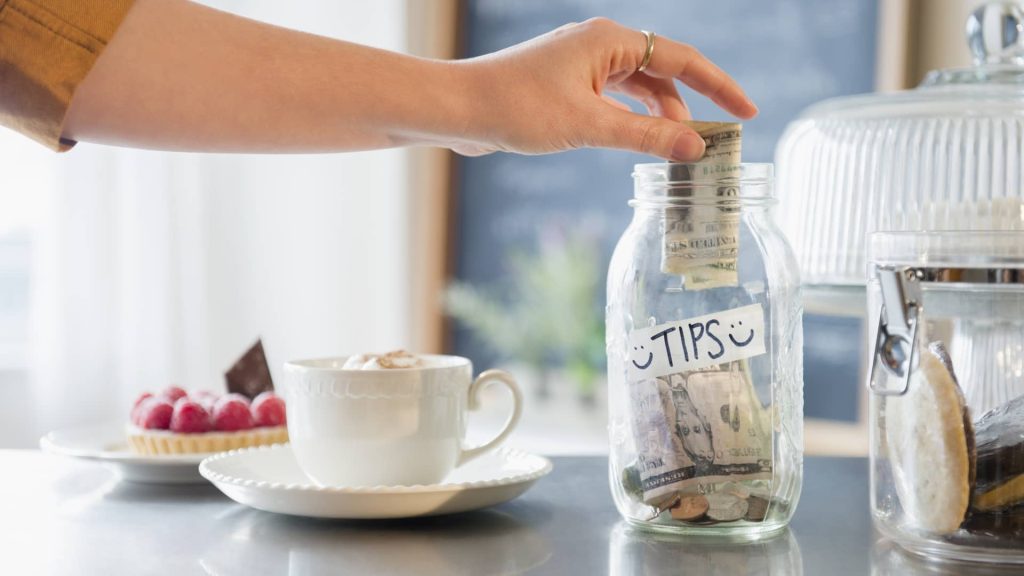The pressure on customers to tip has increased, leading to a phenomenon known as “guilt tipping.” This is especially true with payment prompts that offer predetermined tip options ranging from 15% to 35%. While tipping is common in traditional service encounters, it has now extended to app-based services like ride-share and delivery apps. Tim Self, an assistant professor of hospitality, believes that customers should feel comfortable saying no to tipping and that tip jars are a more practical alternative.
With inflation, shrinkflation, and tipflation squeezing consumers at every turn, many feel obligated to tip out of guilt. Alex Skijus, CEO of True Life Wealth Management, advises consumers to tip when they want to express gratitude but not feel pressured at every point of sale. Skijus believes that standing firm in not tipping excessively will eventually lead businesses to adjust suggested tip amounts or eliminate tip prompts altogether. He emphasizes the importance of not succumbing to guilt and encouraging consumers to stick to their beliefs.
Recent trends show a decline in tipping at full-service and quick-service restaurants. Guests at full-service restaurants left an average tip of 19.4%, down from 19.5% in 2018, while tips at quick-service restaurants decreased to 16% from 16.6%. However, tipping habits can vary by day, with guests being the most generous on Thursdays and least generous on Sundays. The overall tendency is for tipping to increase throughout the week before dropping again on weekends, according to a report by Toast.
Despite the increase in pressure to tip, customers have the right to make their own decisions and not feel obligated to tip. The fear of being judged by others may influence some to tip out of guilt, but it’s important to stand by personal beliefs. By not succumbing to societal pressures, consumers can help drive change in tipping norms and promote a more balanced and fair approach to expressing gratitude for services received.
In conclusion, the practice of tipping has become more prevalent in various service industries, leading to a sense of guilt among consumers. While tipping is common in traditional service encounters and app-based services, customers should feel empowered to make their own decisions about tipping. By standing firm in their beliefs and expressing gratitude when necessary, consumers can help shape the future of tipping norms and encourage businesses to adjust their practices accordingly. Tipping trends may vary by day, but ultimately, the choice to tip should be based on personal feelings of appreciation rather than societal expectations.















